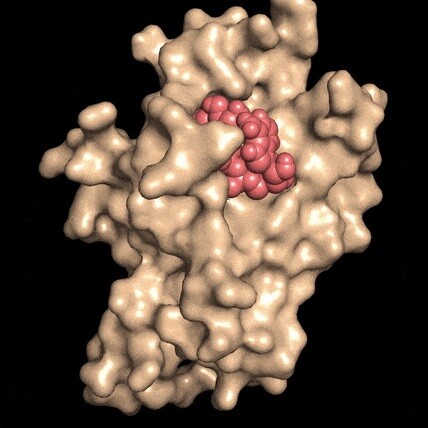Most of us accept that aging is inescapable, but maybe it doesn't have to be. Researchers at Harvard Medical School and the University of New South Wales (UNSW) have uncovered one of the key mechanisms that gradually weakens our body's ability to repair DNA, and tests were able to restore the cell function of old mice to that of their younger counterparts. The team says an anti-aging drug could be developed in the next few years, and the treatment also shows promise in reversing DNA damage caused by radiation exposure – good news for cancer battlers or space travelers.
This new study builds on previous work from the Harvard-UNSW team that explores the role that a molecule called NAD plays in the body. Back in 2011, treating diabetic mice with the compound NMN (which produces NAD) was found to restore the animals' blood sugar metabolism to near-normal levels, and later, the scientists used the compound to fight aging by fixing the chemical communication going on inside cells.
Now the team has shed more light on the role that NAD plays in regulating the interactions between certain proteins that keep the body running like a well-oiled machine. But over time, NAD levels tend to drop, and as a result, those proteins don't get along as well as they used to, causing all the telltale signs of aging we know and hate. By administering NMN to help the body produce more NAD, those negative effects can, apparently, be fixed.
"Our results unveil a key mechanism in cellular degeneration and aging but beyond that they point to a therapeutic avenue to halt and reverse age-related and radiation-induced DNA damage," says David Sinclair, senior author of the study.
There's a complicated dance going on in our bodies between numerous proteins, and unravelling these interactions has been the team's focus. SIRT1 and PARP1 are big players in the vitality game, and both of these proteins require NAD to function. DBC1, meanwhile, is the villain in the story, as it's been found to interfere with SIRT1's work. Knowing that, and the similarities between SIRT1 and PARP1, the Harvard-UNSW team wanted to investigate whether DBC1 was also wreaking havoc on PARP1's ability to repair DNA.
To test the idea, the researchers experimented with human kidney cells in the lab. DBC1 and PARP1 were found to bind strongly together, which stops PARP1 fixing breaks in DNA. But NAD inhibits that bond forming and, as a result, helps PARP1 keep up its rejuvenating duties. The team tested the correlation in both a positive and negative manner: high levels of NAD meant much fewer DBC1-PARP1 bonds, while less NAD resulted in more of those bonds.

How does NAD block those bonds? The team found that DBC1 uses a pocket-like structure to latch onto proteins like SIRT1 and PARP1, but NAD jumps in instead, keeping it from inhibiting those vital processes. Since about 80,000 other proteins across a range of organisms also have this same structure, the team inferred that NAD could be performing the same role in many different species.
Tests on live mice showed a potential NAD-based treatment in action. Old mice were found to have low levels of both NAD and PARP1, but high levels of PARP1-DBC1 bonds. These animals were given the NAD precursor, NMN, in their drinking water, and after only a week their NAD levels returned to those of younger mice. PARP1 was bonding less often with DBC1, meaning it was free to repair DNA more effectively, and as a result the team saw fewer molecular markers that indicated damaged DNA.
"The cells of the old mice were indistinguishable from the young mice, after just one week of treatment," says Sinclair.
The researchers also looked into whether the method could also counter DNA damage caused by radiation. Sure enough, NMN protected the animals from radiation-induced DNA damage, regardless of whether they received the treatment before or after exposure. This means the technique could help cancer sufferers better handle the often-devastating side effects of radiation treatment, or protect astronauts from the accelerated aging caused by cosmic rays. In fact, the research has already attracted the attention of NASA, which could employ the method to keep crews healthy on trips to Mars.
Of course, since this work was performed with mice there's no guarantee that the same benefits would apply to humans, but the team is hopeful and human clinical trials are due to start in the next six months.
"This is the closest we are to a safe and effective anti-ageing drug that's perhaps only three to five years away from being on the market if the trials go well," says Sinclair.
The research was published in the journal Science and the team describes the work in the video below.
Sources: UNSW, Harvard Medical School






